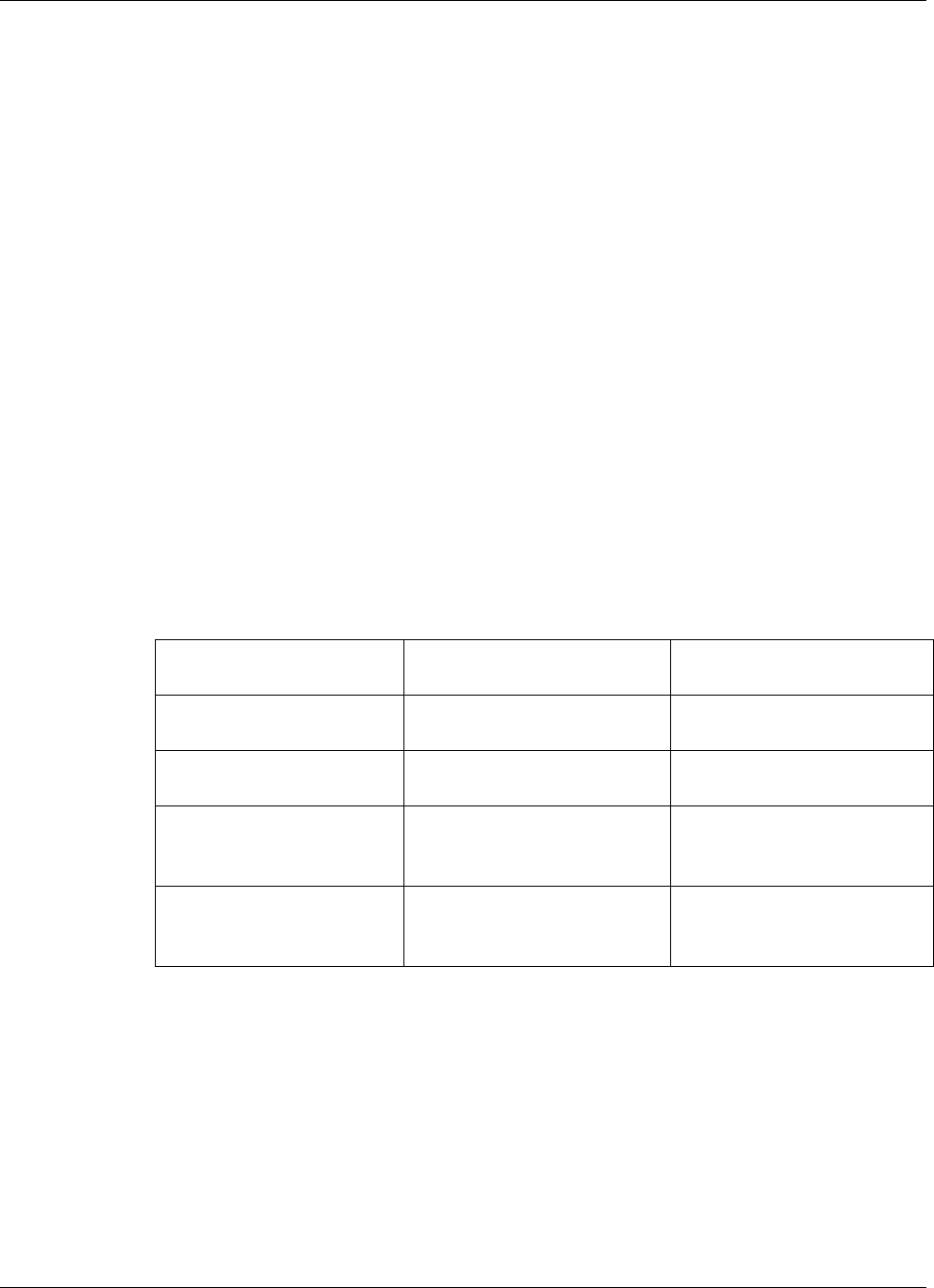
user manual
QLight™ DP series
QLight DP series manual
page 18
Limiting Functions
The amplifier modules are equipped with accurate limiters for both high frequency and low
frequency sections. Because the HF and LF limiters work independently of each other, there is no
possibility of either section compromising the performance of the other as is the case with a single
broad-band limiter. Furthermore, each limiter has its attack and release time constants
independently set and optimised according to the operating frequency range. These allow
transient delivery whilst preventing overheating or over excursion of the transducers.
Limit LED Functions
At switch-on the power LED will illuminate and the red limit LED’s will flash in unison for
approximately 5 seconds as the unit performs an initial diagnostic self-test. Audio will be
automatically muted during this period.
After initialisation, the limit LED’s extinguish and the unit will now pass audio. During operation if
either of the red limit LEDs flash this indicates that the DSP is taking corrective action by applying
the limiter to that channel in order to avoid damage to the drive unit. You should reduce the signal
accordingly so that the limit LED’s light only occasionally. Both LED’s flashing in unison under
regular operating conditions indicates that the DSP is activating a protection feature, taking two
possible courses of action: the input will either be attenuated to stop the unit being overdriven, or
in extreme cases will be shut down.
Status Condition Action
Both Limit LED’s flashing System initialisation
Both Limit LED’s flashing Protection activated Reduce input level
Limit high LED flashing DSP applying limiting to the
high frequency channel
Reduce input level
Limit low LED flashing DSP applying limiting to the low
frequency channel
Reduce input level
1 WARNING 1
The limiters are designed to allow short-term transients in program material in order to preserve
sufficient dynamic headroom, while at the same time optimising component life by protecting
against long-term heating effects. DO NOT allow the loudspeaker to constantly run into limiting;
this will not only degrade your sound quality by reducing the available dynamic range, but also in
extreme cases may increase the risk of damage to the drive units.


















